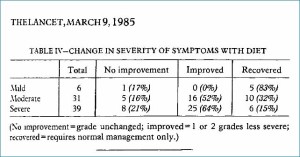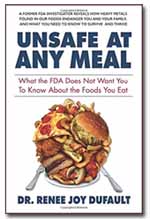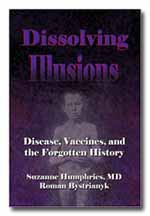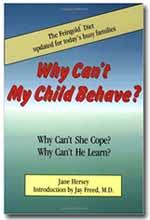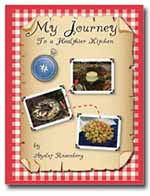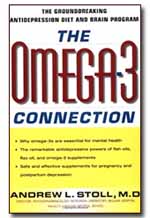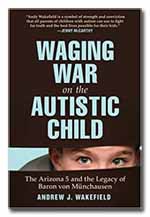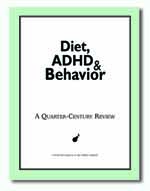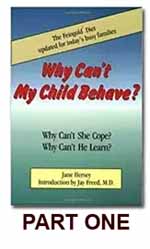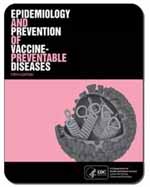62 of 76 (81.6%) overactive children improved by at least one grade level on an oligoantigenic (few foods) diet. Benzoic acid and tartrazine (Yellow 5) were the most common problems, but all children had other sensitivities as well. Egger noticed something also commonly reported by the Feingold Members’ Group on Facebook: The behavior of some of the children deteriorated rather than improved for the first few weeks on the diet. Other symptoms that also improved:
- headaches
- abdominal pain
- seizures
92% of those children who had improved were continuing to use the diet when Egger last followed up on them.
NOTE: An oligoantigenic diet eliminates all additives and allergenic foods. Basically, it is a few meats, a few vegetables, and a few fruits — you might call it a very extreme Feingold-type diet. The diet used in this study consisted of:
- 2 meats (lamb, chicken)
- 2 carbohydrate sources (potatoes, rice)
- 2 fruits (banana, apple)
- brassica vegetables (broccoli, cabbage, turnip…)
- water, calcium, vitamins
Those of you familiar with the Feingold or Failsafe diets will immediately notice the apples — they are on the salicylate list. While golden apples are usually tolerated better than the red ones, the simple effort of using such a restrictive diet means the child would be eating more of each item than usual. Some oligoantigenic diets use pears (Stage 1 Feingold) instead of apples; for my son, that could have made the difference between a diet that helped and one that didn’t.
MedLine || Full Text || Get Password

